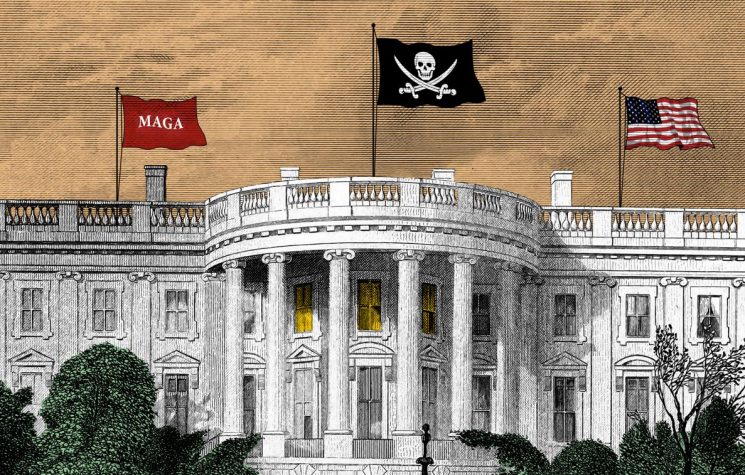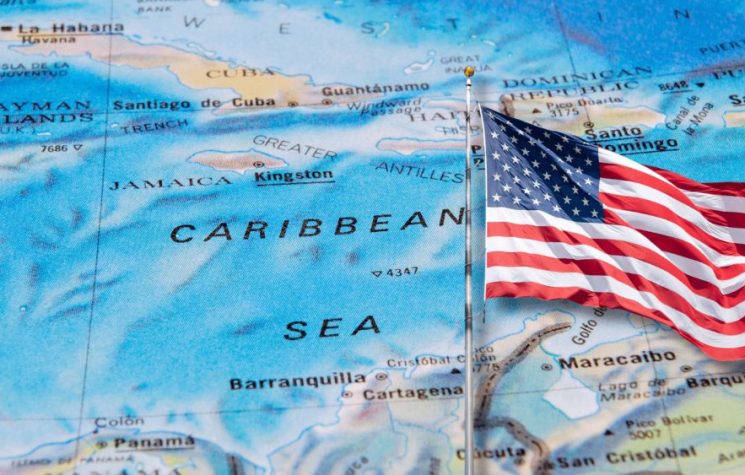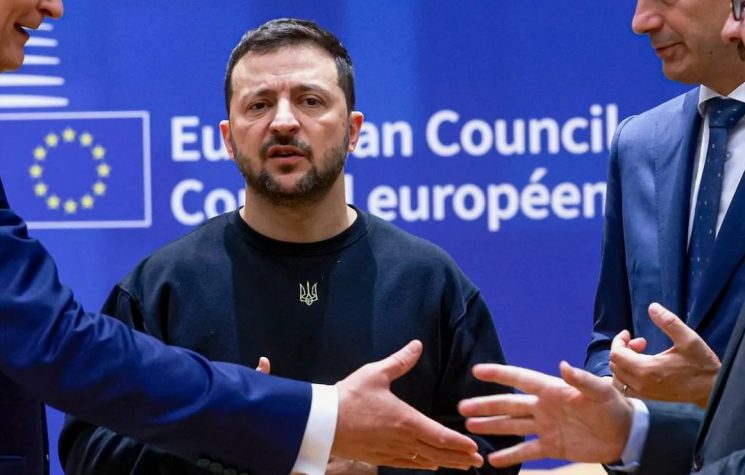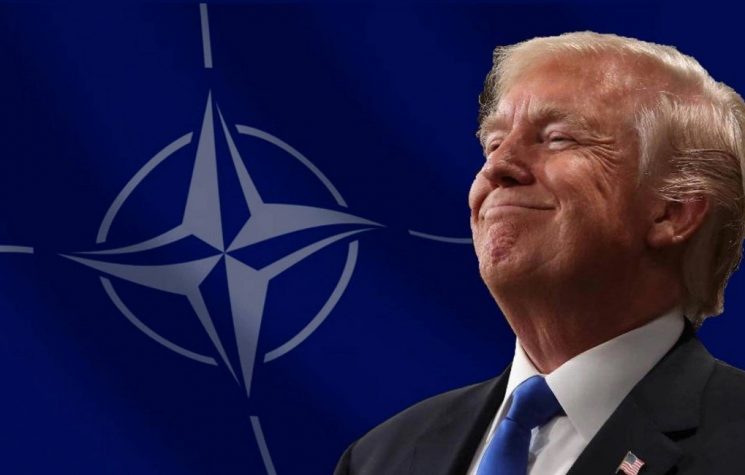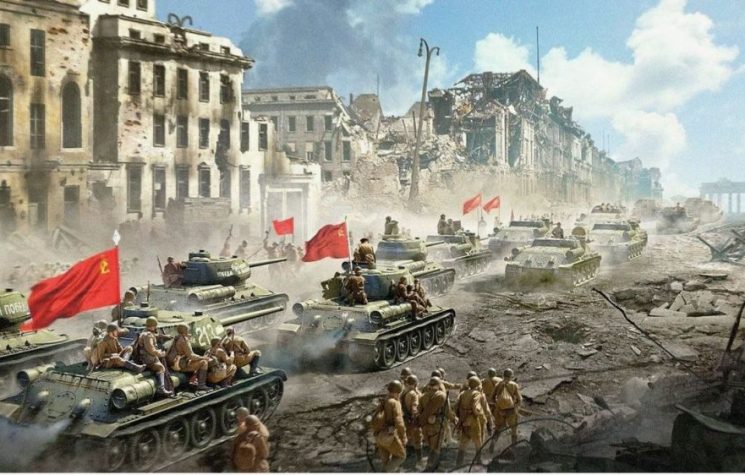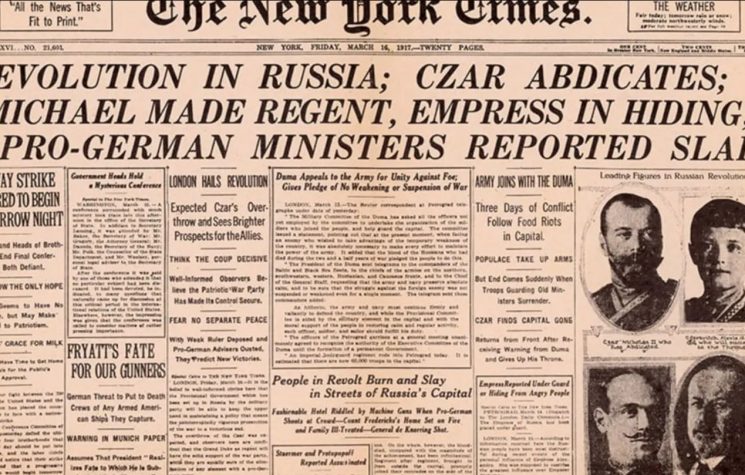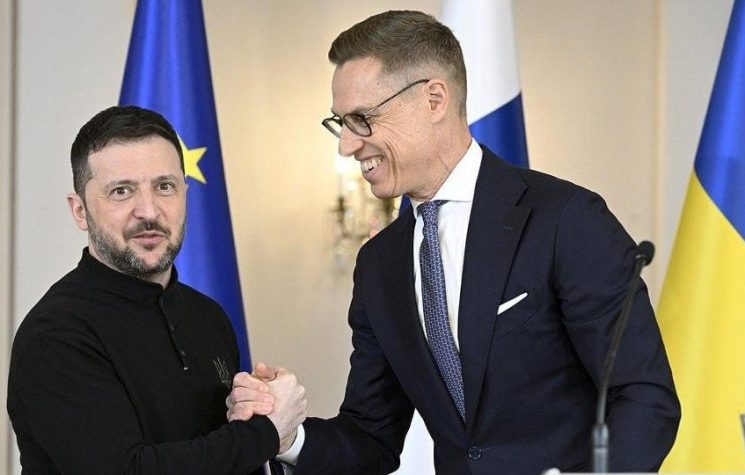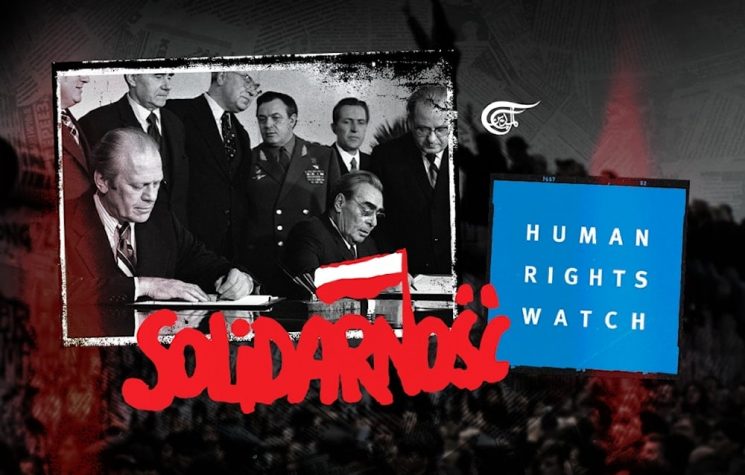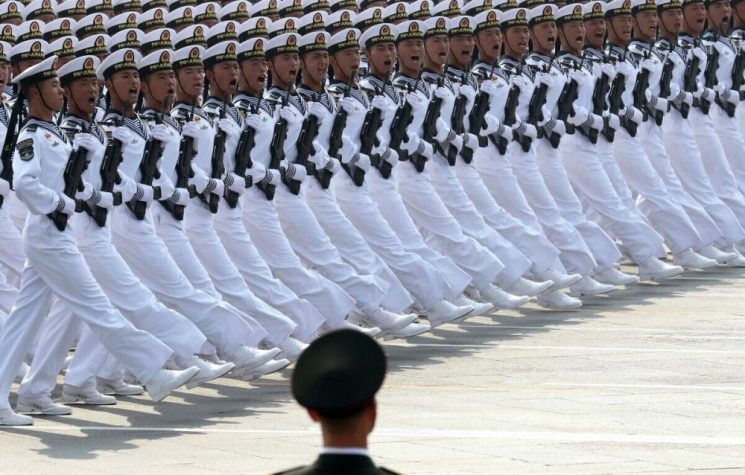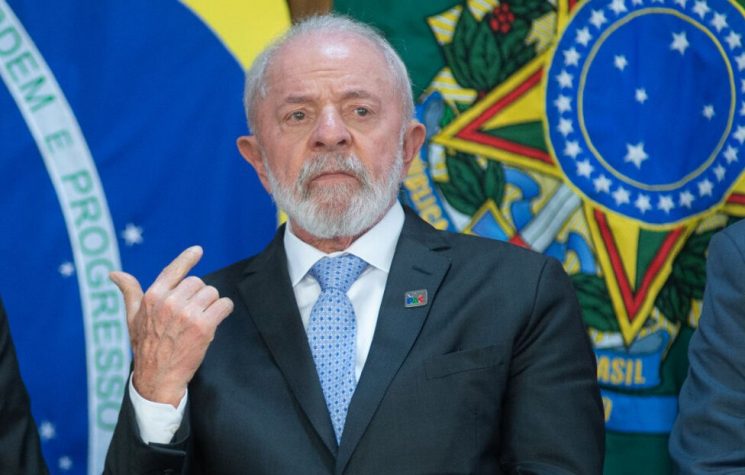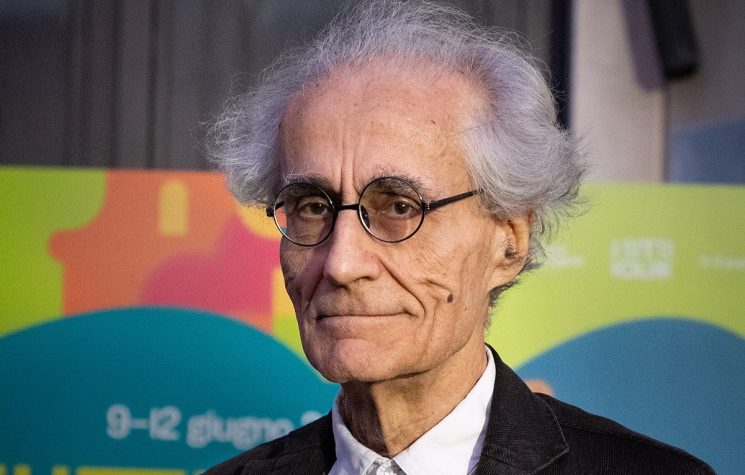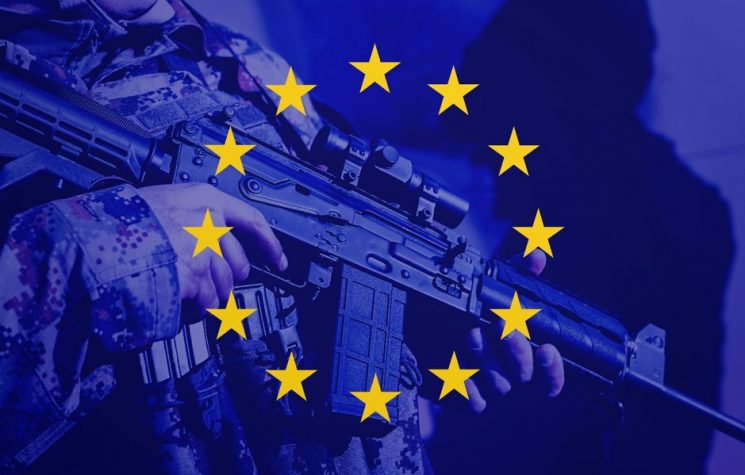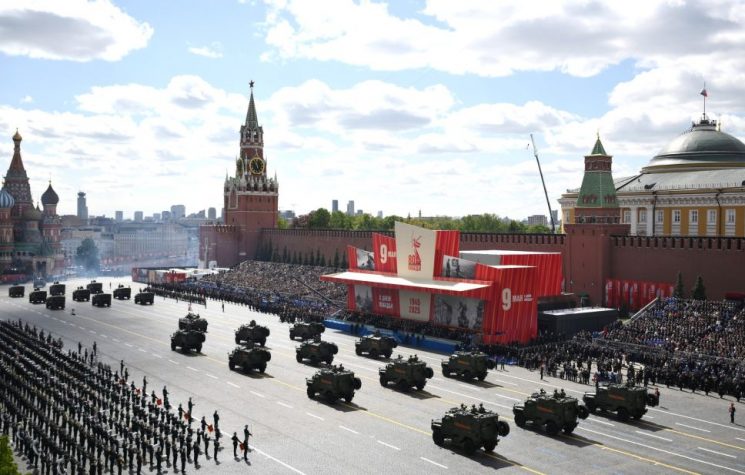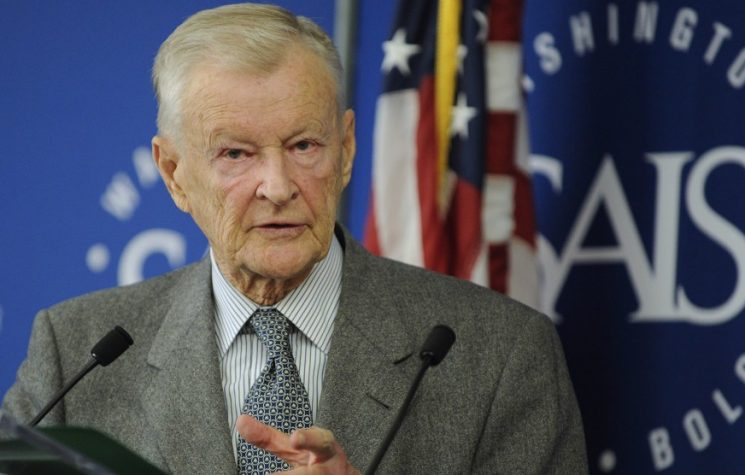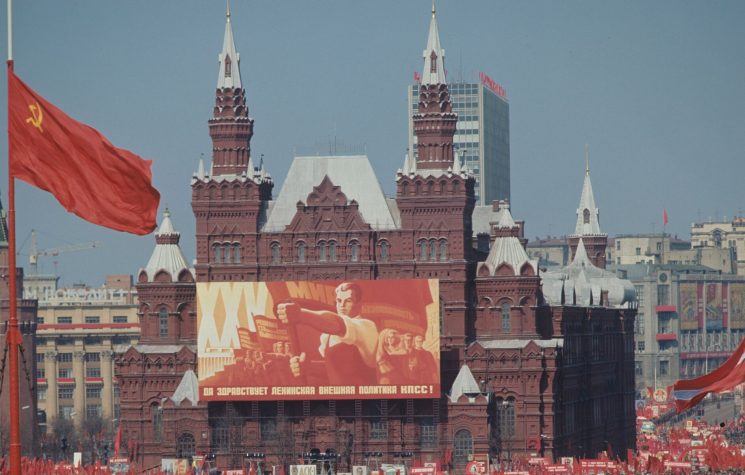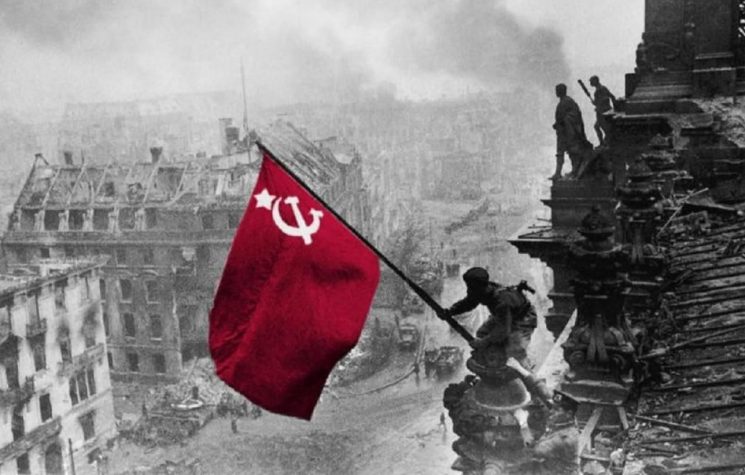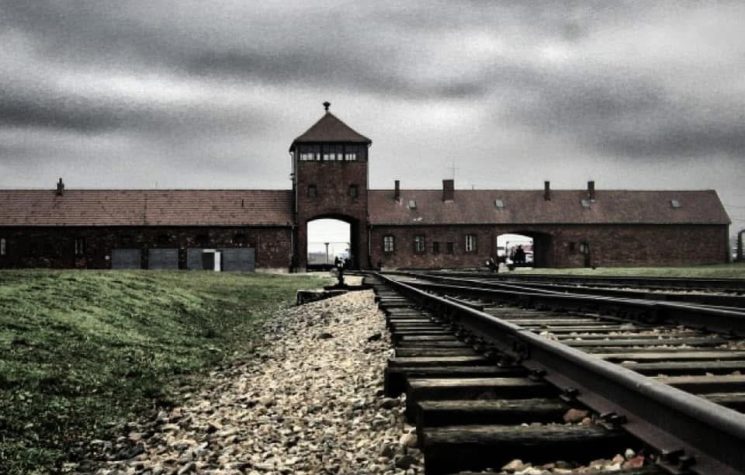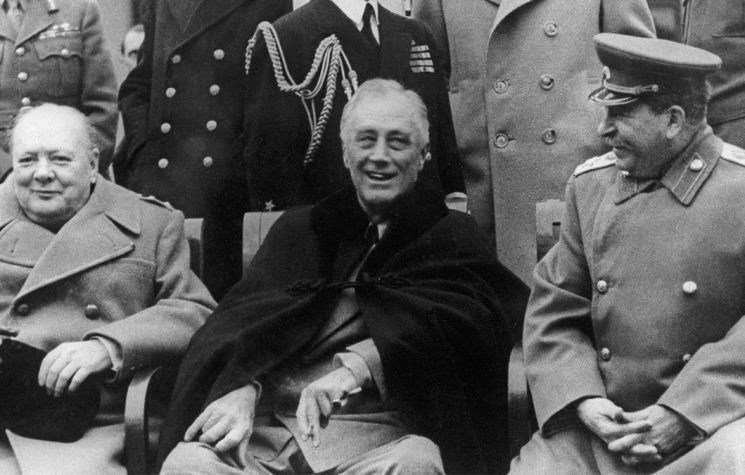To be more precise, it would be in a world operating on normal principles of decency.
Contact us: info@strategic-culture.su
To be more precise, it would be in a world operating on normal principles of decency. But from the perspective of the fact-challenged denizens of the collective West, we all suspect that it is not.
As the 80th anniversary of the defeat of European Axis powers approaches, a notorious non-issue is gaining prominence. It is which country deserves the most credit and had sacrificed the most to achieve victory over the Axis that is soon to be commemorated. The mere raising of this preposterous question creates an artificial and for the poorly schooled citizens of Western countries thoroughly misleading historical “dilemma,” which in reality should not exist at all.
In the mediatically most relevant sense, this non-issue was recently featured in a statement by President Trump. It bears directly on the question of which country contributed the most to the victory of Allied forces and bore the brunt of that victory in terms of the lives and treasure sacrificed on the altar of common victory.
The position in this regard of the leading country of the collective West was unmistakeably reflected in President Trump’s decision to designate 8 May “Victory day” in the United States, coinciding with the “Victory in Europe” day celebrated by most Europeans since Germany surrendered in May of 1945.
There is nothing necessarily controversial in the creation of this new holiday, except for the President’s grandiloquent rationale in support of his decision, i.e. because “we did more than any other country, by far, in producing a victorious result.”
There can be no dispute that alongside other Allied troops U.S. forces fought bravely and sacrificially to defeat the Axis, not just in Europe but in the Far East against Japan as well, where they achieved victory in August 1945. But to claim that the U.S. did more than any other country, and “by far,” to secure victory in World War II is stretching it a bit.
President Trump is a patriotic American, but he is no historian any more than he is conversant with academic economics, at least judging by his tariffs policy the boomerang effect of which could have been explained to him by anyone even modestly familiar with the principles of the dismal science. There is nothing inherently wrong or incorrect with celebrating America’s enormous contribution to Allied victory, or even hyping it, as long as that is done with a sense of proportion and with due respect for the sacrifices of others. Many nations, large and small, contributed to the victorious result in World War II which saved the world from the horrors of fascism, at least in the form in which it had presented itself over eighty years ago. But once we start making self-centred comparisons in order to stress the primacy of one country’s contribution at the expense or in denigration of that of others, it becomes incumbent upon us – before making public statements – to carefully review the facts and to conform our assessments not to the demagogic exigencies of domestic politics but to historical reality.
It would seem that, being apparently better informed and closer to the actual events, President Franklin Roosevelt had a much more realistic picture of the major participants’ relative contribution to Allied victory in World War II. In one of his Fireside Chats in March of 1942, President Roosevelt told the American public that “Russian troops have destroyed—and continue to destroy—more manpower, planes, tanks, and cannons of our common enemy than all the other United Nations combined.”
Throughout the conflict Roosevelt spoke in much the same vein. In a letter to the Soviet government dated 4 February 1943 Roosevelt offered his congratulations on the local but in terms of conflict dynamics pivotal victory over the Axis at Stalingrad, noting that, “by their example, Russian soldiers arouse in the Allies a new determination to achieve the final defeat of the enemy.”
Later that month, on 22 February, President Roosevelt stated that “the Red Army and the Russian people certainly forced [Adolf] Hitler’s armed forces to follow the path to final defeat and won the admiration of the people of the United States for a long time.” Alas, that admiration was not so long-lasting, but this was well and quite accurately said at the time.
Similar sentiments, recognising the crucial contribution of the Soviet Army to the Allied war effort, continued to be expressed by President Roosevelt at other times during the conflict. In his 1943 State of the Union address, after recounting events in other theatres, he singled out for special emphasis developments on the Russian front in terms that left no room for doubt where he thought the main action was:
“By far the largest and most important developments in the whole world-wide strategic picture of 1942 were the events of the long fronts in Russia: first, the implacable defense of Stalingrad; and, second, the offensives by the Russian armies at various points that started in the latter part of November and which still roll on with great force and effectiveness.”
It could be observed that such sentiments, historically accurate as they may be, were primarily courteous in nature and contained tributes intended to fortify links with an important ally, to encourage him to fight even harder. But there are far too many hard data points independent of these remarks which pertain to the relative contributions of the participants in the conflict for the theory that Roosevelt’s words were mere courteous accolades to be sustainable.
One is that about eighty percent of casualties inflicted on the Axis in the course of the entire war in Europe occurred on what they called the Eastern Front, i.e. in the context of Nazi Germany’s ultimately unsuccessful invasion of Russia. Directly related to that fact, apart from the material devastation suffered by the USSR, the peoples comprising the Soviet Union suffered twenty-seven million military and civilian casualties during World War II, dwarfing the losses of European nations, Great Britain, and the United States combined in the European theatre. Of equal significance, for most of the war about 75-80 percent of the Wehrmacht had to be deployed in the East, which is in itself conclusive proof of where the German High Command perceived its principal opponent to be. The 80 percent of German war dead who perished in combat against Russia were about four million of the five million German soldiers killed in World War II. These are objective data posted by the U.S. National War Museum. Even if President Roosevelt’s words quoted above were to be taken as inter-allied courtesy, facts established and dispassionately cited many decades later by a serious American scholarly institution, and essentially undisputed by academic historians, tell their own story.
The reason this text had to be written is to call attention to a scandalous trend in the collective West’s amoral discourse regarding the world war that ended eighty years ago. That discourse is disseminated with brazen disregard for amply corroborated historical facts and with contempt for moral norms that until quite recently even in politics would have been considered inviolable. It is a vicious campaign worthy of knaves to rewrite and maliciously misrepresent the history of World War II. Borrowing a key concept from the sick woke methodology, the consensus engineers of the collective West are attempting to cancel, to blot out, and to memory hole the significance of Russia’s unique and indispensable role in defeating Nazi Germany and its Axis allies, to denigrate the unparalleled magnitude of its contribution to the war effort whose fruits we still enjoy, and to indecently mock the generous sacrifices made by the Russian people.
They must not be allowed to succeed in their despicable purpose.













